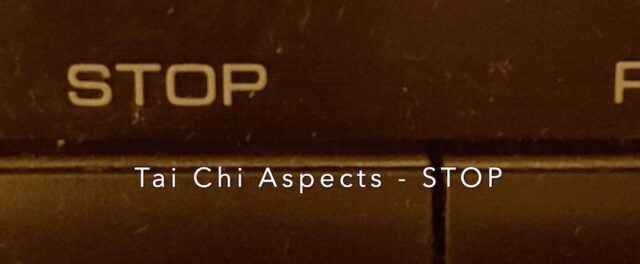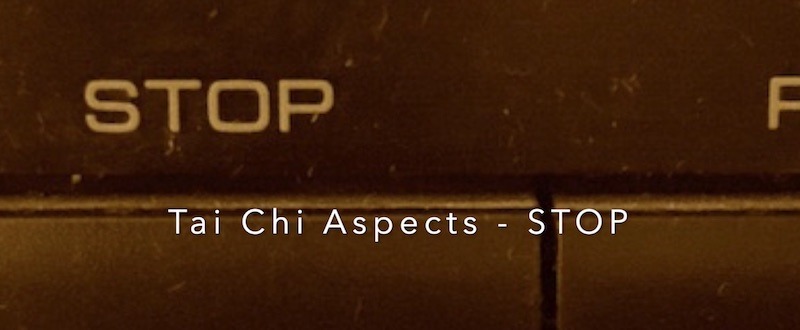Stop – The Tai Chi Aspects Tape Deck Series
Welcome to our Tai Chi Aspects tape deck series!
The older generations among us will remember: Once upon a time, tape decks using audio cassettes were common in every household. Except from bringing joy and entertainment, they had some other characteristics that may help you to improve your Tai Chi practice.
Let’s take a look at how using the tape deck buttons enables us to self-check our practice!
Tai Chi Aspects tape deck series – Part One: Stop
The stop button represents the practitioner’s ability to stop at any point in the form. This Tai Chi Aspect challenges you to play the form and to try to stop at different points in time. If it does not work in a specific movement, you will know where to start to revise your body mechanics.
Beginners
For beginners, the Tai Chi Aspect „Stop“ is the perfect way to check their stepping. If you discover yourself falling into steps, there are some additional tips for you in our Tai Chi stepping video.
Advanced practitioners
Advanced practitioners are additionally encouraged to pay special attention to the hands and fingers and their connection to the base. You may best check if you continuously have the connection between toes and fingers by stopping and then paying additional attention when moving on again. Starting to move again should be frictionless. Test question: Do the actions of your toe(s) correspond to the action of the fingers? If so, you will not have any problems to restart after stopping. If not, you may want to have a look at the Tai Chi Aspect Digging.
The stop button in martial arts

Technically, having a stop button or not having one, is where the difference between external and internal momentum lies.
Not being able to stop your movement at any time at will may hint at a variety of issues, but the most general one is perhaps the (over)use of body weight in movement and action.
One example for this would be falling into a step. By doing this, the step is effected by our body following gravity, not by controlling our movement in space by the leg still on earth. It is still a step, but a step during which we really would not want to get hit.
The same goes for the arms and hands: if we swing them around, we will not be able to stop them. Under the conditions of form practice, we are able learn to swing more elaborately over time and maybe even manage to simulate slow movement. Concerning application, however, in the end any impact we try to effect by this way of moving will be paid with inaccuracy concerning the target. – And on top of this: Along with those techniques of swinging or the idea of gathering energy and releasing it goes the inconvenience that we telegraph before we hit. We wouldn’t want to do that as a martial artist, would we? 😉
For the aspect of internal winding up instead of external over-extending the extremities: see also the Tai Chi Aspect: The Ratchet.
Author: Tai Chi Studio, Gabi Kannenberg










